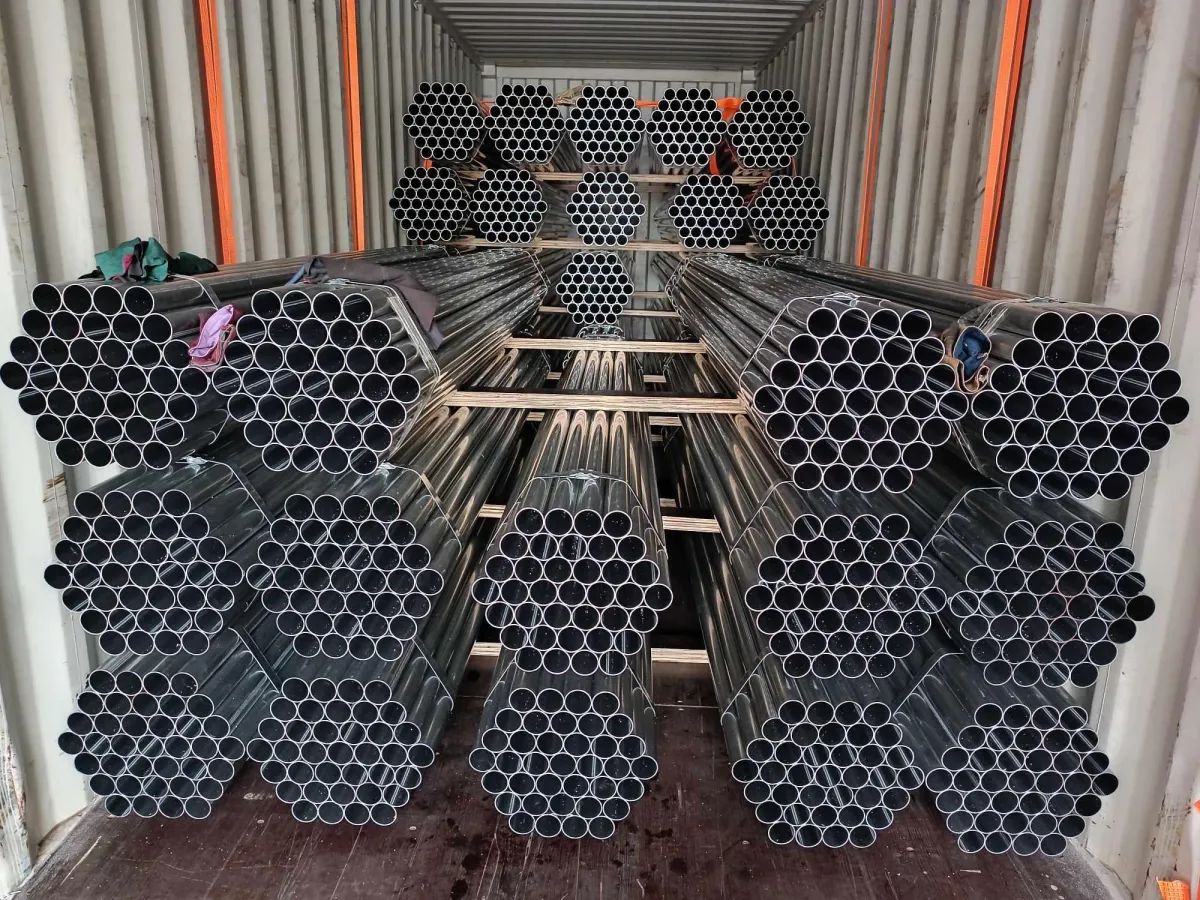
Surviving Texas Weather: How to Keep Your Fence Standing Strong
Surviving Texas Weather: How to Keep Your Fence Standing Strong

Texas is known for a lot of things—big skies, BBQ, and wide-open spaces—but one thing every homeowner knows too well is its unpredictable weather. From scorching summers to unexpected storms, heavy rains, high winds, and even occasional freezing temperatures, Texas weather can put any fence to the test. If you’re a homeowner in the Lone Star State, choosing the right fencing materials and maintenance practices is essential to make sure your fence not only survives but thrives.
The Challenges of Texas Weather
Extreme Heat: Prolonged sun exposure can cause wood fences to warp, crack, or fade.
Heavy Rain & Humidity: Water damage can weaken wooden posts, cause rot, or lead to mold.
High Winds & Storms: Strong gusts and storms can loosen or topple fences not properly installed or reinforced.
Soil Shifts: In some areas, Texas clay soil expands when wet and contracts when dry, putting added pressure on fence posts.
What Homeowners Need to Protect Their Fence

1. Choose the Right Materials
Galvanized Steel Fence Posts: Unlike untreated metal, galvanized steel resists rust and corrosion. They’re a stronger and longer-lasting choice compared to traditional wooden posts.
Pressure-Treated or Cedar Wood: If you prefer wood, cedar and pressure-treated lumber can withstand moisture and insects better than untreated wood.
Composite Fencing: A great option for durability, resistant to rot, warping, and fading.
2. Install Deep & Secure Posts
Fence posts are the backbone of your fence. In Texas, posts should be buried deep enough (at least 2–3 feet, depending on height) to withstand soil shifts and wind pressure. Concrete reinforcement around the base can add stability.
3. Apply Protective Coatings
Wood fences benefit from stains and sealants that protect against UV rays and moisture. For metal posts, galvanized or powder-coated finishes prevent rust.
4. Regular Maintenance
Inspect your fence after storms for loose boards, leaning posts, or signs of damage.
Reapply wood sealant every couple of years.
Clear vegetation and soil buildup around the base of your fence to prevent moisture damage.
5. Consider Wind-Resistant Designs
Solid fences act like walls and take on full wind force. Instead, shadowbox or spaced picket designs allow wind to pass through, reducing strain on the structure.
Final Thoughts
A fence in Texas isn’t just about marking your property—it’s an investment in your home’s safety, privacy, and curb appeal. With the right materials, installation, and care, your fence can withstand the challenges of Texas weather year after year.
👉 Thinking about upgrading your fence to handle Texas weather? Reach out to trusted fencing professionals to get the best solutions for your home.
📞 Contact Rising Sun Manufacturing and Distribution today to learn more about our durable fencing solutions that stand strong against Texas conditions. Call 214-600-4147
Follow us on Facebook and join our growing community of Texas homeowners. Stay updated with tips, product highlights, and success stories—follow Rising Sun Manufacturing and Distribution on and join our growing community of Texas homeowners.
Email: [email protected]
Drop by our warehouse to see the quality firsthand. 8290 S Central Expressway Dallas 75241